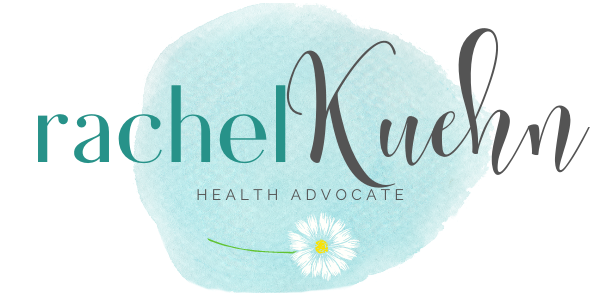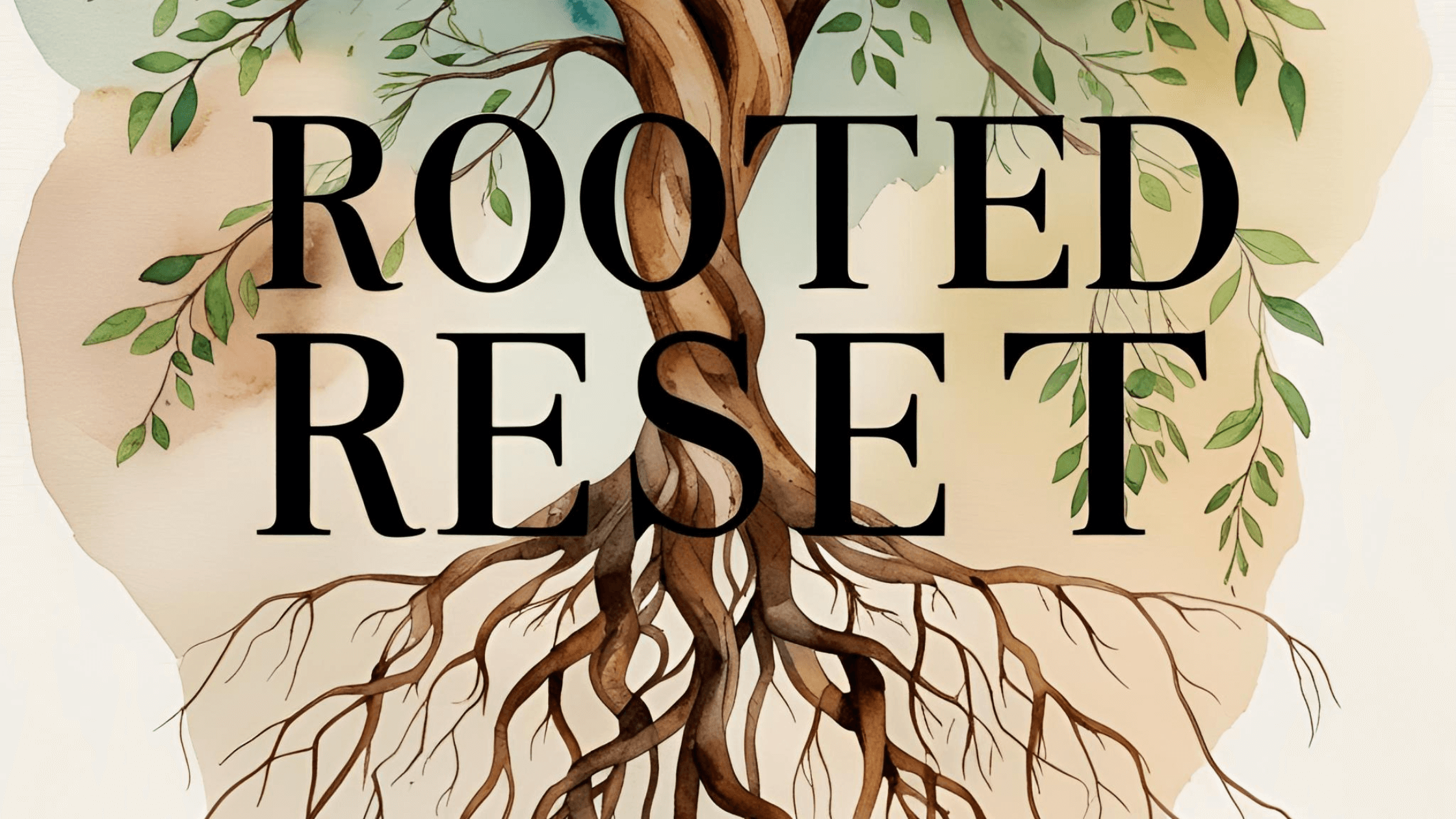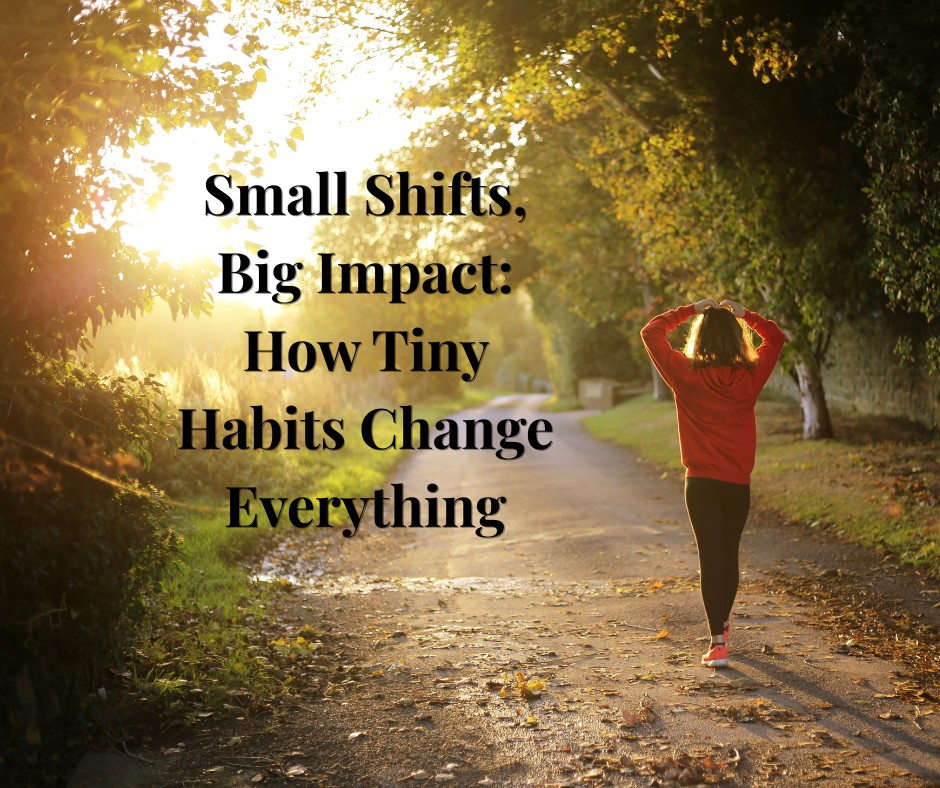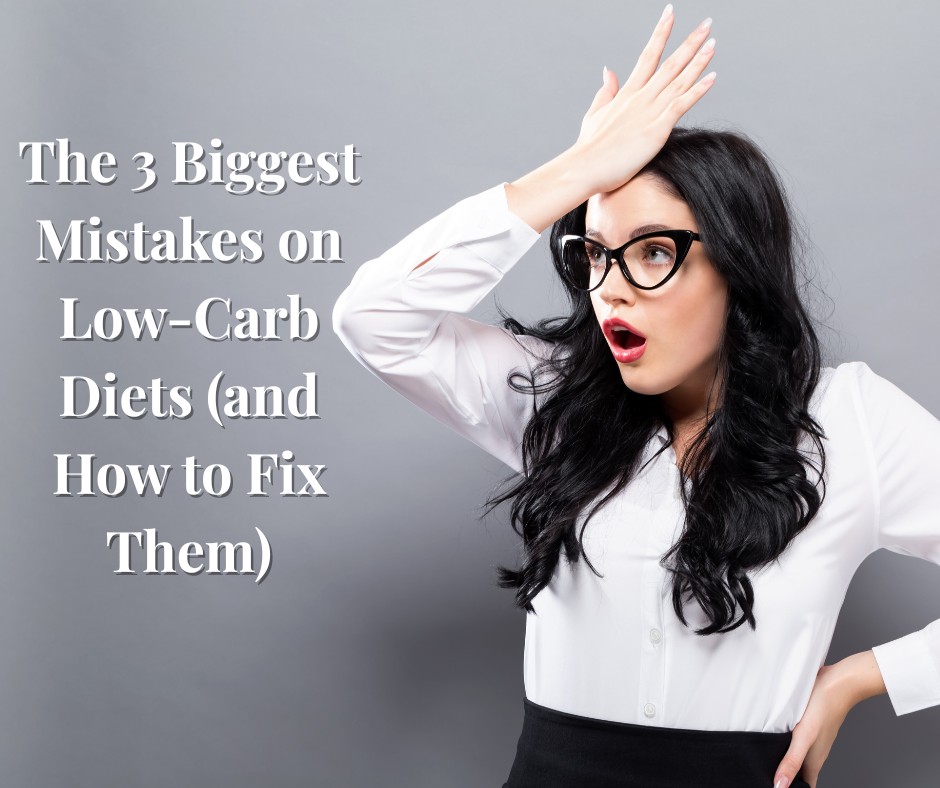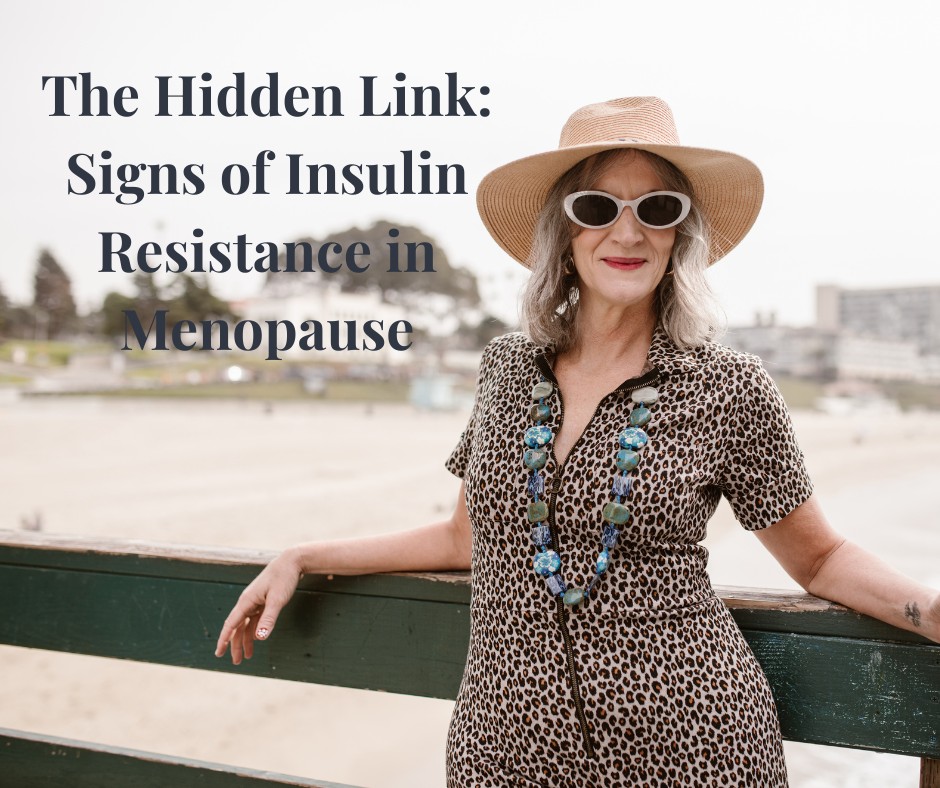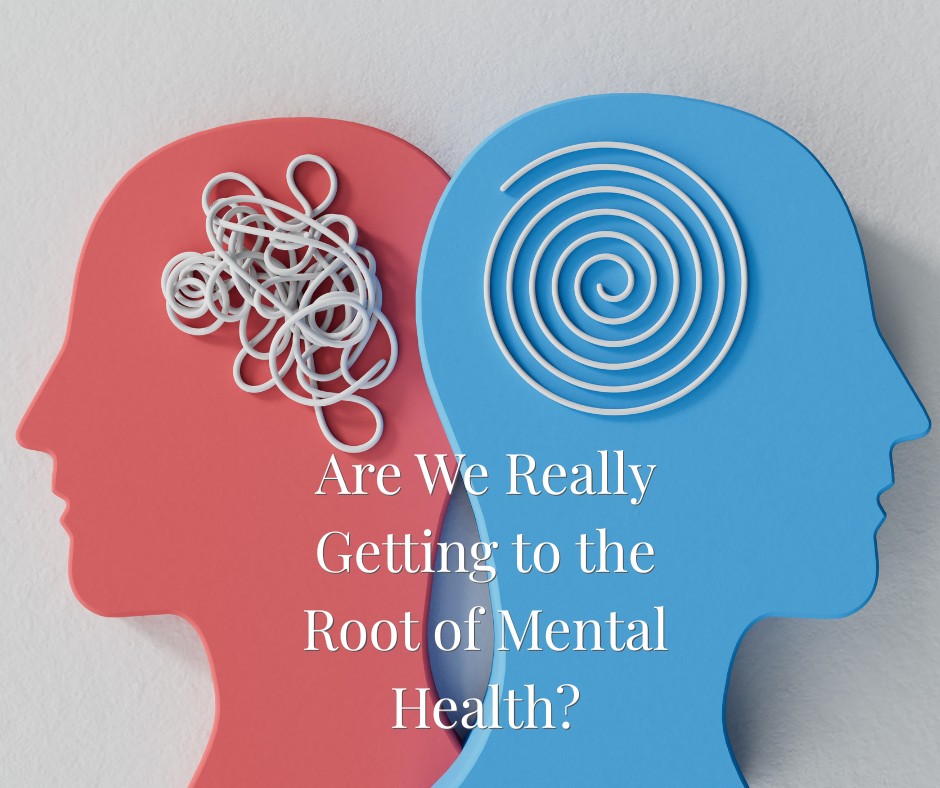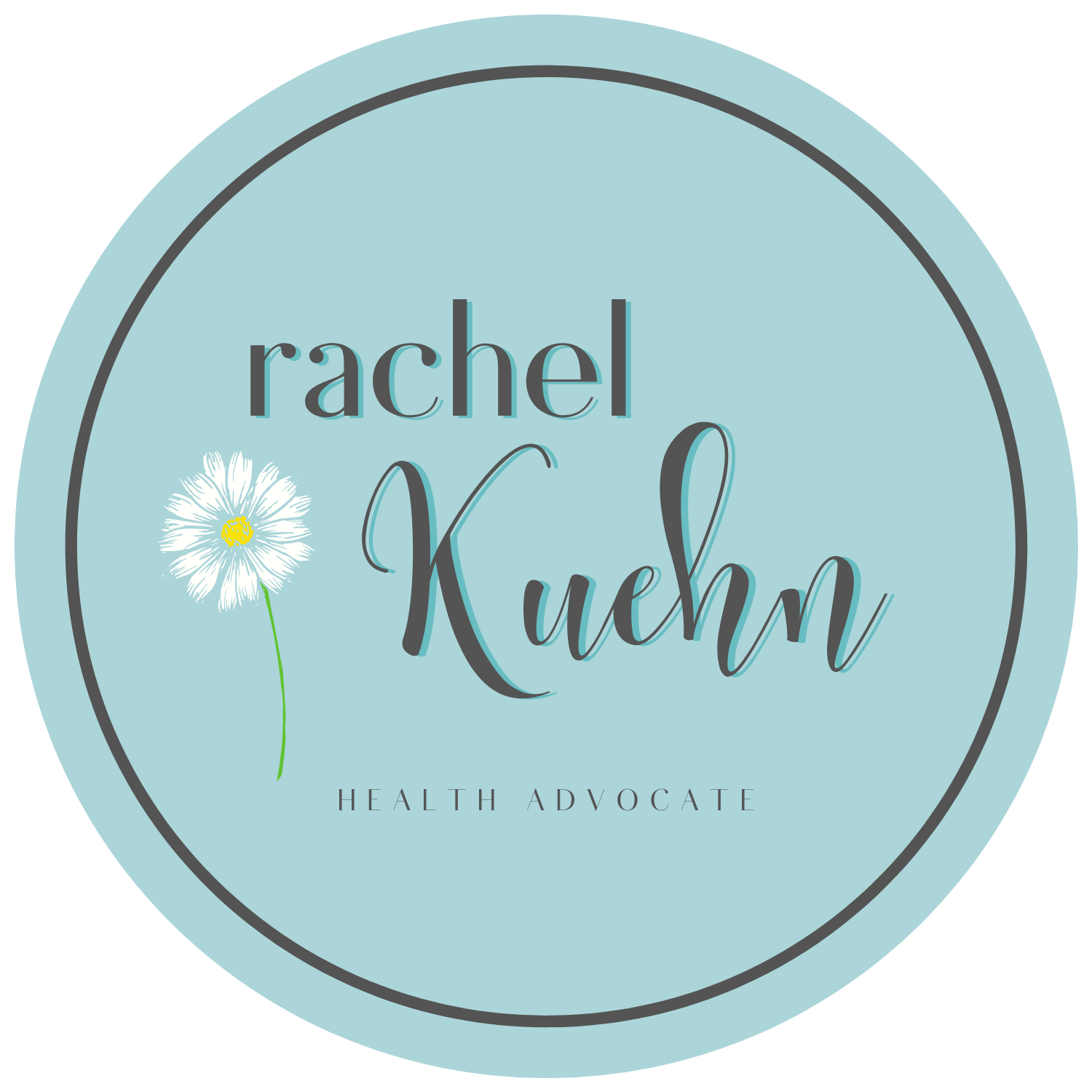
I wasn’t expecting a cemetery to remind me of something so deeply alive.
But there I was, walking through the cemetery, when I saw a statue etched with this quote — and it stopped me in my tracks.
“In the depth of winter, I finally learned that within me there lay an invincible summer.”
— Albert Camus
It was quiet. Peaceful. And somehow… incredibly honest.
Because how many of us forget the strength that still lives in us — especially in our hardest seasons?
🌿 What If You’re Not Broken — Just Buried?
This past weekend at a leadership event, we spent time unpacking something that most of us don’t even notice is shaping our lives:
Our self-talk.
Our self-talk.
We say things to ourselves we’d never say to someone we love.
We downplay our wins, brush off our gifts, and focus on every flaw.
We downplay our wins, brush off our gifts, and focus on every flaw.
But here’s what hit me:
What if the version of you that you long to become… is already there?
Not something to earn.
But something to uncover.
What if the version of you that you long to become… is already there?
Not something to earn.
But something to uncover.
That “invincible summer” Camus talks about — the hope, light, and life buried beneath the heaviness — it’s already in you.
You don’t have to become her.
You just have to remember her.
You just have to remember her.
🌼 Root Reset Reminder: You Are Still In Bloom
Whether you’re walking through grief, burnout, or just an endless to-do list…
Please hear this: You are still growing. Even here.
Please hear this: You are still growing. Even here.
Sometimes winter is the season we find out how deep our roots go.
💡 Try This in Your Life or Work:
Take 5 minutes today and try this journal prompt:
✨ “What would the version of me who’s already whole — say to me today?”
✨ “Where in my life am I underestimating my strength?”
✨ “What would the version of me who’s already whole — say to me today?”
✨ “Where in my life am I underestimating my strength?”
Or even simpler:
Stand in front of the mirror and say:
“There is an invincible summer in me.”
Let it land.
Stand in front of the mirror and say:
“There is an invincible summer in me.”
Let it land.
🚀 Want More Support?
✨ I’d love to walk alongside your reset.
Whether you're navigating hormones, energy, inflammation, or just a whole lot of life — you don’t have to do it alone.
Whether you're navigating hormones, energy, inflammation, or just a whole lot of life — you don’t have to do it alone.
💬 Join our free community:
Focus. Fiber. Fasting Facebook Group »
Focus. Fiber. Fasting Facebook Group »
📥 Or just hit reply and say:
“I’m in a winter season right now.”
I’ll share what helped me — and remind you: you’re not stuck here.
“I’m in a winter season right now.”
I’ll share what helped me — and remind you: you’re not stuck here.
Rooting for your growth,
Rachel xo
Love what you read here? Subscribe for updates — your reset starts here.
Follow me on social:
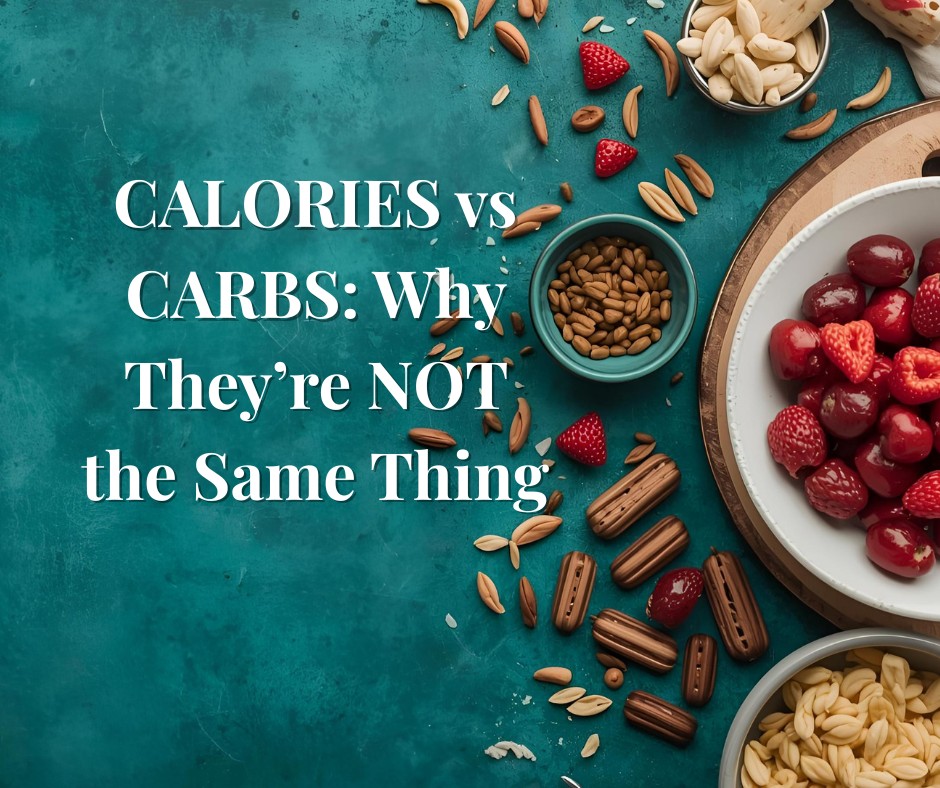
And why it matters more than you’ve been told.
We’ve all heard it:
“Just eat fewer calories and move more.”
“Just eat fewer calories and move more.”
But here’s the truth — if that worked, most people wouldn’t still be struggling.
That old-school advice skips something critical... 🧠 your hormones.
Let’s break it down:
That old-school advice skips something critical... 🧠 your hormones.
Let’s break it down:
🧠 CALORIES are energy.
They fuel your body like gas fuels a car.
But…
But…
💥 CARBS are chemical messengers.
They spike insulin — a fat-storage hormone.
And when insulin is high, your body won’t burn stored fat… no matter how few calories you’re eating.
And when insulin is high, your body won’t burn stored fat… no matter how few calories you’re eating.
🧬 Why this matters:
You can eat “low calorie” but still feel:
- Tired
- Bloated
- Hungry
- Stuck in a plateau
Or worse — gaining weight despite “doing everything right.”
That’s where carb quality and hormone signals come in.
🥗 What to Try Instead:
When you lower carbs — especially refined sugars + processed grains — this happens:
✅ Insulin drops
✅ Cravings calm down
✅ Hunger fades
✅ Your body taps into fat for energy
✅ Cravings calm down
✅ Hunger fades
✅ Your body taps into fat for energy
This is why people often say:
“I’m eating more food… and still losing weight.”
It’s not magic. It’s metabolic logic. 🧬
🧪 See it in real life:

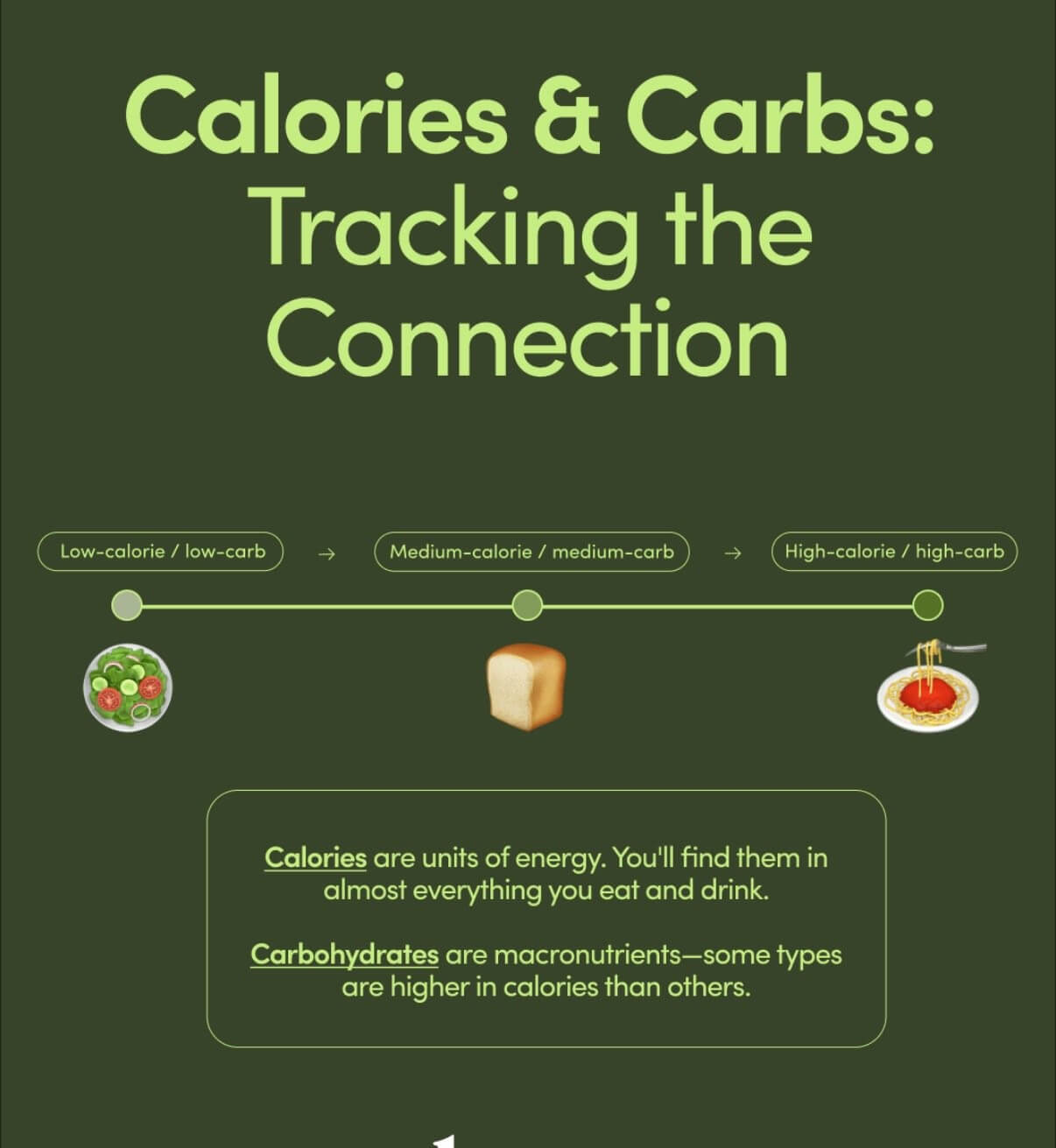
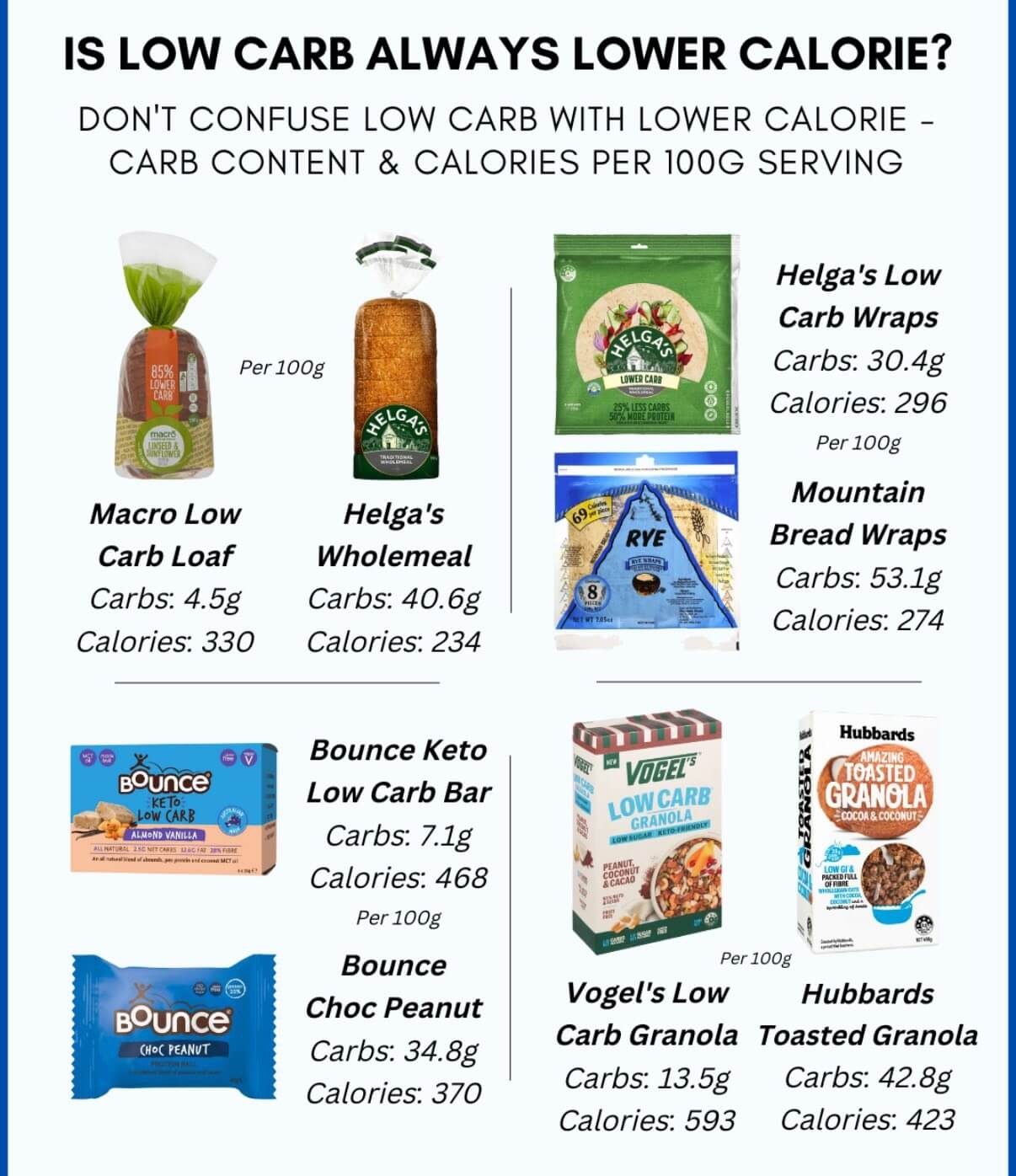
Check out these graphics to see:
🧀 Satiety per calorie
🍞 How “low carb” doesn’t always mean “low calorie”
🍓 Why whole foods make all the difference
🧀 Satiety per calorie
🍞 How “low carb” doesn’t always mean “low calorie”
🍓 Why whole foods make all the difference
💡 Try This in Your Life or Work:
Take 5 minutes and:
☑️ Look at your go-to meals — are they calming insulin or spiking it?
☑️ Try swapping one processed carb for fiber + protein today
☑️ Track how you feel — not just how many calories you eat
☑️ Look at your go-to meals — are they calming insulin or spiking it?
☑️ Try swapping one processed carb for fiber + protein today
☑️ Track how you feel — not just how many calories you eat
🚀 Want More Support?
✨ I’d love to show you what helped me feel better than I have in years — especially in one of the most stressful seasons of my life — naturally.
No pressure. No programs. Just real support.
No pressure. No programs. Just real support.
📥 Hit reply — and I’ll share exactly what worked for me.
Rooting for you,
Rachel xo
Rachel xo
Love what you read here? Subscribe for updates — your reset starts here.
Follow me on social:

When Ed handed me a little wooden starfish in the Bahamas, I didn’t expect to cry. But I did.
It wasn’t just a souvenir. It was a reminder — of my why.
If you’ve never heard the original starfish story, let me share it with you:
A young boy was walking along the beach, tossing starfish back into the ocean.The tide had gone out, and hundreds were stranded on the shore.A man walked up and said,
“Why are you doing this? You can’t save them all. What difference does it make?”The boy picked up another starfish, threw it into the ocean, and said:“It made a difference to that one.”
That story has lived in my heart for years.
But today, it means more than ever.
🍽️ I’ve Spent My Career in Healthcare
As a nurse — especially in hospice — I’ve watched what happens when we ignore the root causes of disease. When we numb symptoms with pills and patches, but never get to why the body is struggling in the first place.
It’s heartbreaking.
And it’s not always our fault — we were never taught to question how our food, stress, environment, and daily habits affect our cells. Our energy. Our long-term health.
But once you know — you can’t unknow.
🌿 In May 2024, I Found a Simpler Way
And everything changed.
Cholesterol normalized. Blood sugar stabilized. Less inflammation. More stable energy. Fewer sugar crashes.
And for the first time in a while… hope.
And for the first time in a while… hope.
Since then, I’ve walked beside dozens of others who’ve taken their first step too:
🧬 A1C levels dropping
🦴 Joint pain easing
💛 Sleep improving
🌟 And hope that something can actually work - returning
🦴 Joint pain easing
💛 Sleep improving
🌟 And hope that something can actually work - returning
It’s not magic.
It’s cellular healing.
It’s learning how to fuel your body with what it actually needs.
It’s listening to your habits.
It’s understanding insulin resistance.
And it’s believing that healing is possible.
And it’s believing that healing is possible.
✨ You Are My Starfish
I can’t reach everyone.
Not everyone is ready.
Not everyone is ready.
But if you’re here, reading this… maybe you are.
And that’s enough.
And that’s enough.
So if you feel tired, frustrated, or broken — I want you to know something:
You are not beyond repair.
You are not the exception.
And it’s not too late to turn things around.
You are not the exception.
And it’s not too late to turn things around.
Sometimes all it takes is one shift.
One story.
One starfish.
One story.
One starfish.
And one person willing to throw it back into the sea.
Ready to Take a Step?
💬 DM me or hit reply — I’ll share exactly what worked for me.
🧡 Or join us inside the Focus.Fiber.Fasting Facebook Group — a free space for encouragement and easy wins.
You're not alone.
And your healing matters.
To me — and to you.
🌿 Rachel xo
Love what you read here? Subscribe for updates — your reset starts here.
Follow me on social:

We’re told to invest wisely.
Max out your 401k.
Buy real estate.
Play the long game.
But what if the most important asset in your life isn’t in your portfolio…
…it’s walking around in your shoes?
…it’s walking around in your shoes?
Your health is your greatest investment.
Because you can’t enjoy your wealth if you’ve lost your health.
You Can’t Build a Life You Love on a Body That’s Falling Apart
I’ve seen it firsthand — both personally and professionally.
We work hard.
We sacrifice sleep.
We skip meals or grab whatever’s convenient.
We pour into everything and everyone else…
…until our body starts waving the white flag.
We sacrifice sleep.
We skip meals or grab whatever’s convenient.
We pour into everything and everyone else…
…until our body starts waving the white flag.
What starts as “just being tired” or “a few extra pounds”
becomes inflammation, insulin resistance, burnout, hormone chaos, or mystery symptoms.
And by the time we notice it, we’re deep in the red —
not just in energy, but in joy, presence, and quality of life.
becomes inflammation, insulin resistance, burnout, hormone chaos, or mystery symptoms.
And by the time we notice it, we’re deep in the red —
not just in energy, but in joy, presence, and quality of life.
The Compound Interest of Your Choices
We think of health as “something we’ll get to” when life slows down.
But that’s like ignoring your retirement account until you’re 65.
The truth?
Every daily choice is casting a vote — for energy or depletion.
For healing or inflammation.
For vitality or dis-ease.
For healing or inflammation.
For vitality or dis-ease.
And like compound interest… it adds up.
- A fiber-first breakfast
- A 10-minute walk after meals
- Morning light before screen time
- Hydration before caffeine
- Boundaries that protect your rest
These aren’t minor acts.
They are deposits in your most valuable account.
This Is Why I Share What I Share
I don’t say this to overwhelm you.
I say it to empower you.
I say it to empower you.
Because I’ve learned that small, consistent shifts in your habits can change everything —
not just your lab work, but your life.
not just your lab work, but your life.
More energy to play with your kids or grandkids.
More mental clarity to show up at work.
More peace in your body, so you can actually enjoy the life you’re building.
More mental clarity to show up at work.
More peace in your body, so you can actually enjoy the life you’re building.
That’s why I do what I do.
That’s why I started the Rooted Reset.
To remind you: your body is worth investing in.
That’s why I started the Rooted Reset.
To remind you: your body is worth investing in.
Start Here
You don’t have to overhaul everything.
Start with one habit today that says:
“I am worth taking care of.”
“I am worth taking care of.”
Because at the end of the day, your health is the foundation.
It’s the one home you can’t sell or trade.
And it pays dividends — in energy, confidence, and longevity.
It’s the one home you can’t sell or trade.
And it pays dividends — in energy, confidence, and longevity.
You deserve to live well now.
Not just later.
Not just later.
🌿Rooting for you,
Rachel xo
Rachel xo
Love what you read here? Subscribe for updates — your reset starts here.
Follow me on social:
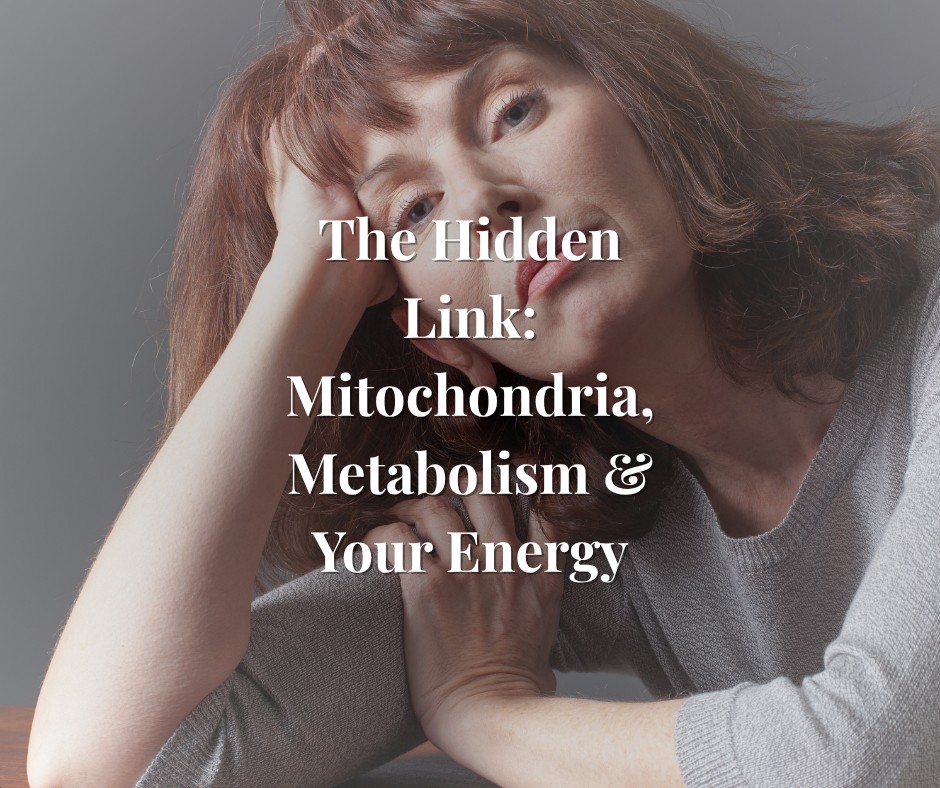
We often think of energy as a willpower issue.
If I just pushed harder…
If I was more disciplined…
If I had more motivation…
But what if your lack of energy isn’t a personal failure — what if it’s a cellular signal?
Your energy comes from your cells.
Literally.
Inside every cell in your body, you have these tiny structures called mitochondria — often called the “powerhouses” of the cell. These are what generate energy for everything your body does: thinking, breathing, healing, hormone balancing, digestion, sleep, mood… all of it.
When your mitochondria are functioning well, you function well.
When they aren’t, you may feel:
- Brain fog
- Low energy or motivation
- Anxiety, mood swings, or trouble sleeping
- Sluggish metabolism or weight gain
- Chronic symptoms that don’t go away
- Blood sugar crashes
- Hormonal imbalances
- And more…
Metabolic health isn’t just about weight.
It’s about how well your cells can create and use energy.
That’s why I believe so strongly in taking a root-cause approach — supporting our cellular health rather than chasing symptom after symptom.
One of the best books I’ve read recently is Good Energy by Dr. Casey Means. It connects the dots between how modern life — with its stress, processed food, poor sleep, light exposure, and chemicals — disrupts your mitochondria and creates the chronic symptoms we normalize.
Healing doesn’t mean adding more.
It often means subtracting what’s making us sick in the first place.
✨ A Few Daily Shifts That Can Improve Energy at the Root:
- Start your day with natural light. Go outside within 30 minutes of waking. This helps your circadian rhythm, hormones, and sleep quality.
- Eat protein + fiber first. Then carbs. This keeps your blood sugar stable, reducing crashes and cravings.
- Walk for 10 minutes after meals. Movement helps your body use glucose properly and supports mitochondrial health.
- Use low-toxin products. The air in your home and what you put on your skin affects your hormones and energy.
- Sleep in a cool, dark room. Your mitochondria restore during rest. Poor sleep = poor energy.
- Pause stress, even for 5 minutes. Your cells need space to repair — not just go, go, go.
🌱 Want to Start Making Changes?
Here’s what I use:
🧼 For cleaning products:
I use this home kit from Young Living — simple swaps that make a big difference. Or try making your own with natural ingredients. Our skin is the largest organ and absorbs those toxic chemicals from cleaning products!
I use this home kit from Young Living — simple swaps that make a big difference. Or try making your own with natural ingredients. Our skin is the largest organ and absorbs those toxic chemicals from cleaning products!
🧬 For metabolic support:
This protocol is what helped me regulate blood sugar, reduce symptoms, and get my energy back — naturally.
This protocol is what helped me regulate blood sugar, reduce symptoms, and get my energy back — naturally.
Small Shifts → Big Energy
You don’t have to do everything at once.
But starting somewhere matters.
But starting somewhere matters.
Your symptoms aren’t random. They’re signals.
Your energy isn’t broken. It’s speaking.
Your energy isn’t broken. It’s speaking.
And your mitochondria?
They just might be the key to the vitality you've been missing.
They just might be the key to the vitality you've been missing.
Want a daily rhythm to follow or help building your plan?
📥 Hit reply — I’d be happy to share what worked for me.
Rooting for your healing,
Rachel xo
Rachel xo
Love what you read here? Subscribe for updates — your reset starts here.
Follow me on social:
